What do the numbers on bird-watching binoculars mean?
People who just started bird-watching may be so confused about the eye-catching numbers on the binoculars. 8×42, 20×42 or 8×32, and so on, and what exactly do they mean? How do these numbers relate to your bird-watching binoculars? and how do you choose and purchase one? Let's get it all straight!
What are the bird-watching binoculars for?
What do the numbers on bird-watching binoculars mean?
Two numbers define the basic specifications for bird-watching binoculars. They represent binoculars’ strength (magnification power) and size (objective Lens Diameter).
Magnification (e.g., 8x, 10x):
- The first number represents the magnification power of the binoculars, indicating how much closer the viewed object appears compared to the naked eye;
- For instance, binoculars with an 8x magnification will make objects appear eight times closer, while those with a 10x magnification will bring them ten times closer;
- Keep in mind that higher magnification isn't always better, as it can also amplify hand tremors and reduce the field of view.
Objective Lens Diameter (e.g., 42mm, 50mm):
- The second number refers to the diameter of the objective lenses in millimeters;
- Larger objective lenses allow more light to enter the binoculars, resulting in brighter and clearer images, especially in low-light conditions;
- However, larger lenses also mean bulkier and heavier binoculars, which may not be ideal for extended periods of bird-watching.

For example, the 10×25 binoculars as shown above mean that the binoculars will magnify an image 10 times and the diameter of the objective lens is 25 millimeters.
What are the most recommended numbers for bird-watching?
Most birders agree that 7- or 8-power is about right for most birding binoculars. Some recommend against purchasing 10-power binoculars because they have a smaller field of view and a dimmer image. Birders tend to gravitate toward the 40mm range for their binoculars. Binoculars with 40mm, 42mm, or 44mm objectives get a good medium compromise between low-light capability and portability.
What can we do for bird-watching?
Purchasing the binoculars:
Binoculars are essential for bird watching. Birds can fly, so we can hardly see them with the naked eye. Binoculars help us extend our field of view, and the quality of the binoculars largely determines the bird-watching experience. Following my advice, I thought you would choose the parameters that suit you in the recommended magnification and objective lens diameter. You can find any bird-watching binoculars on our website.
Adjusting the binoculars:
Adjusting is an important step for new bird-watching binoculars. If our eyes have different vision, we need to use the dominant eye as a benchmark and fine-tune the other eye.
Step 1:Hold the binoculars: Hold the eyepiece until you can see the enlarged objects.
Step 2:Adjust the clarity of the left eye: Adjust the central focus gear until the view is clear and sharp.
Step 3:Adjust the sharpness of the right eye: Turn the diopter wheel until the vision is clear again.
Step 4:Adjust the pupil distance for both eyes: Bend the binoculars to a single circular view.
Preparing the List of birding books:
Of course, it is such fun to have a birding with the guide of List of Birding books, which not only provides "preview" information - lets us know the bird we want to observe in advance, but also helps us identify unfamiliar bird species and deepen the impression.
But now we do not need to buy additional maps, using mobile phone software or web pages can get a specific bird species introduction and high-definition pictures. Some software even has picture recognition, and voice recognition functions, such as "bird understanding", which can help us to deal with 80% of strange bird species, and instantly become a bird-watching master.
Scanning the area:
Use a slow, sweeping motion to scan the area for birds. Start from a distant point and gradually move closer, and learning about the behavior of birds will help you spot birds as soon as possible. For example, some passerine birds like to stand in the tree tops to "observe people", and the lower power lines can also become a meeting place for the birds. In the pond or shore, the probability of seeing birds is also very large, such as passerines who come to bathe, kingfishers, and wading birds for food.
Identifying the bird:
Once you spot a bird, bring the bird-watching binoculars up to your eyes and adjust the focus if necessary. Pay attention to its size, shape, color, and behavior to identify the species.
Enjoying the view:
Take your time to observe the bird's features and behavior. Appreciate the beauty of nature and the diversity of bird life around you.
Recording your observations:
Try to write a bird-watching journal and note down the species you've seen, along with any interesting behaviors or observations.


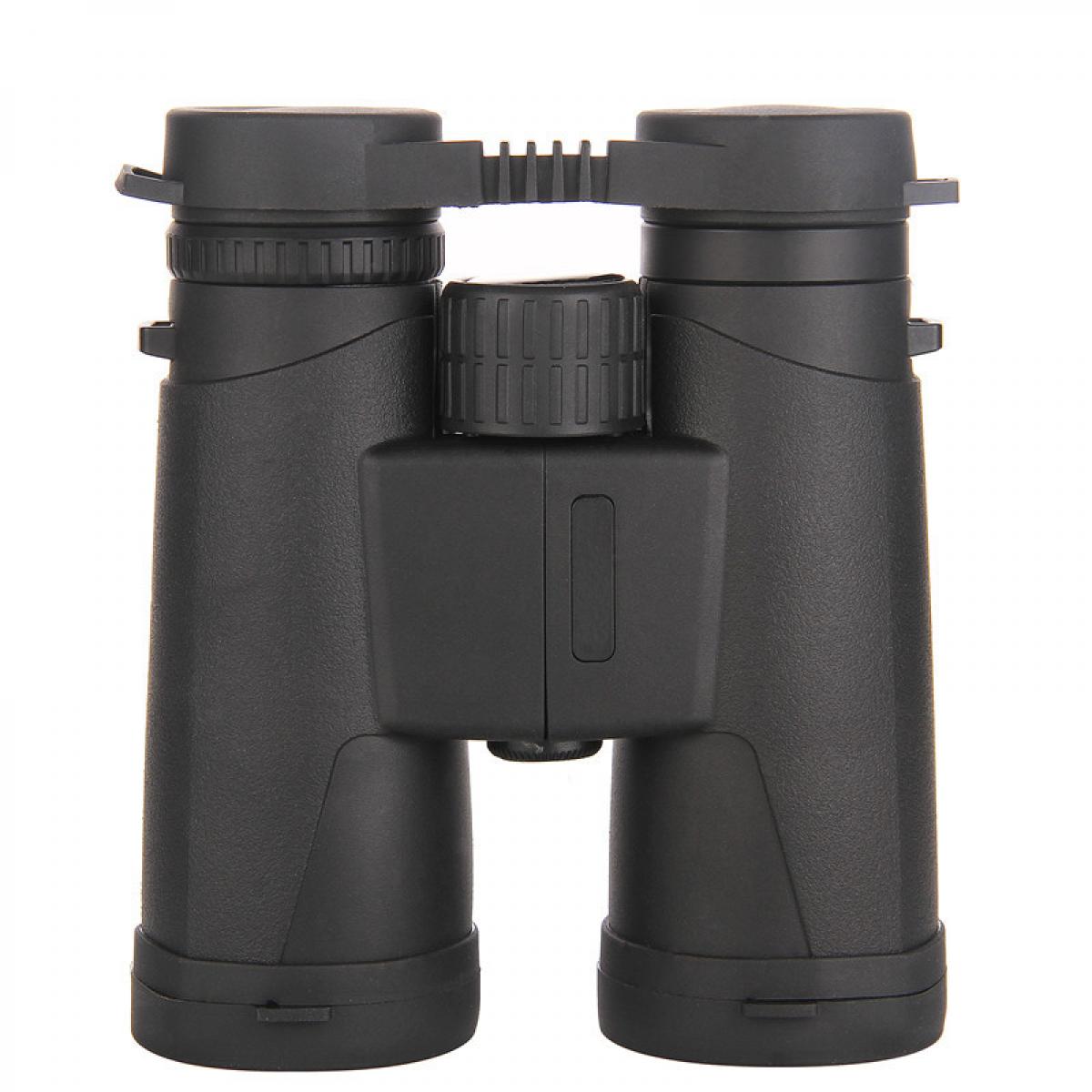
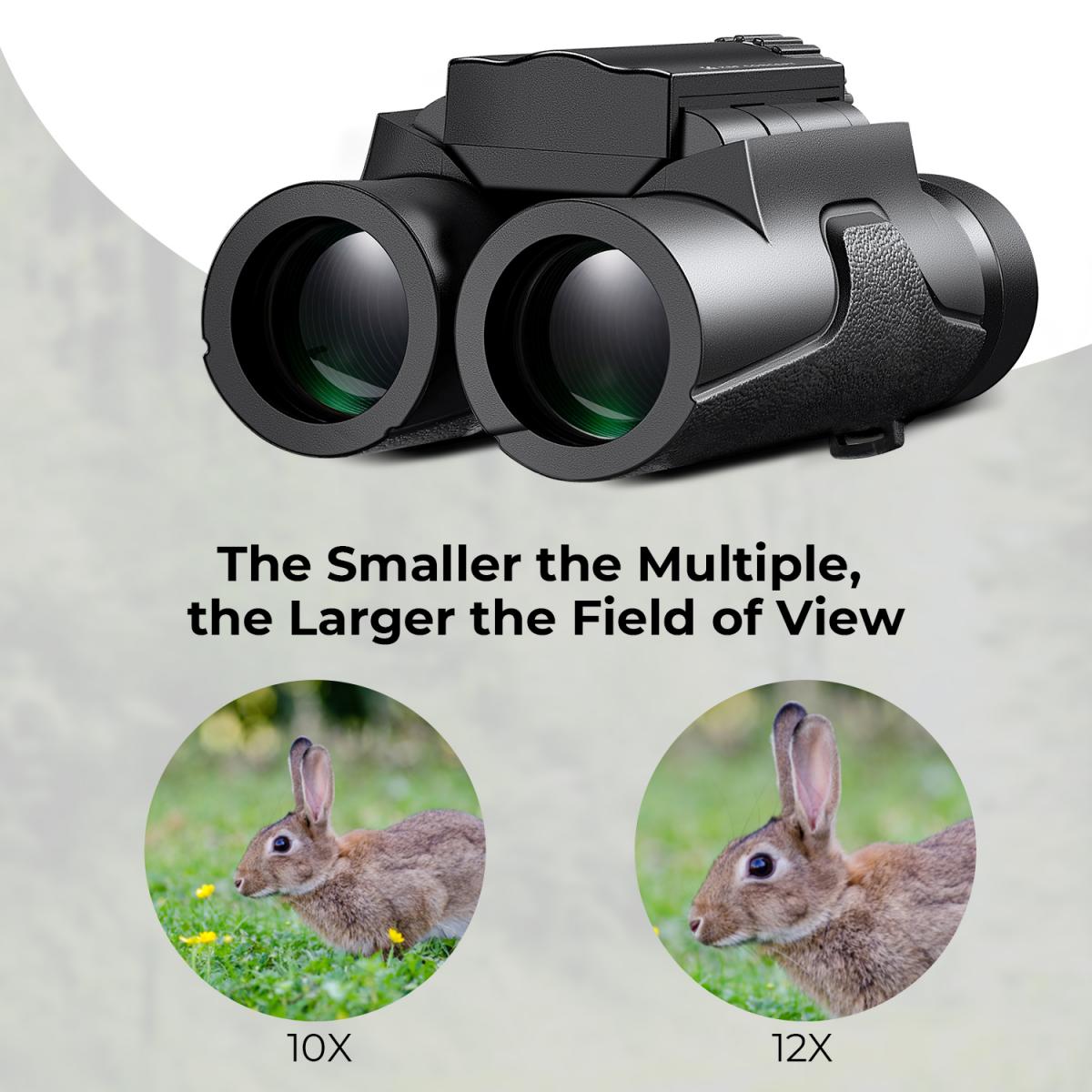
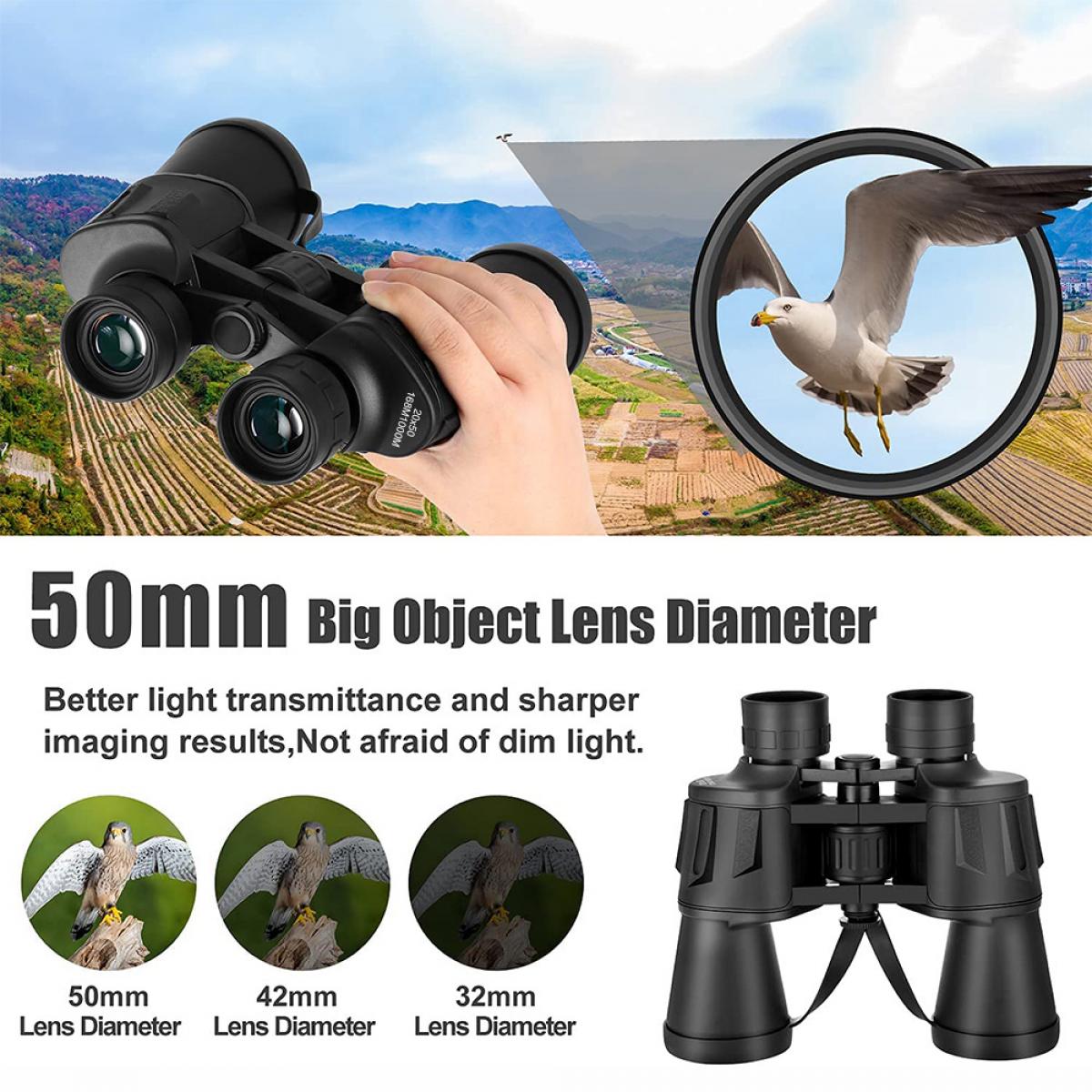
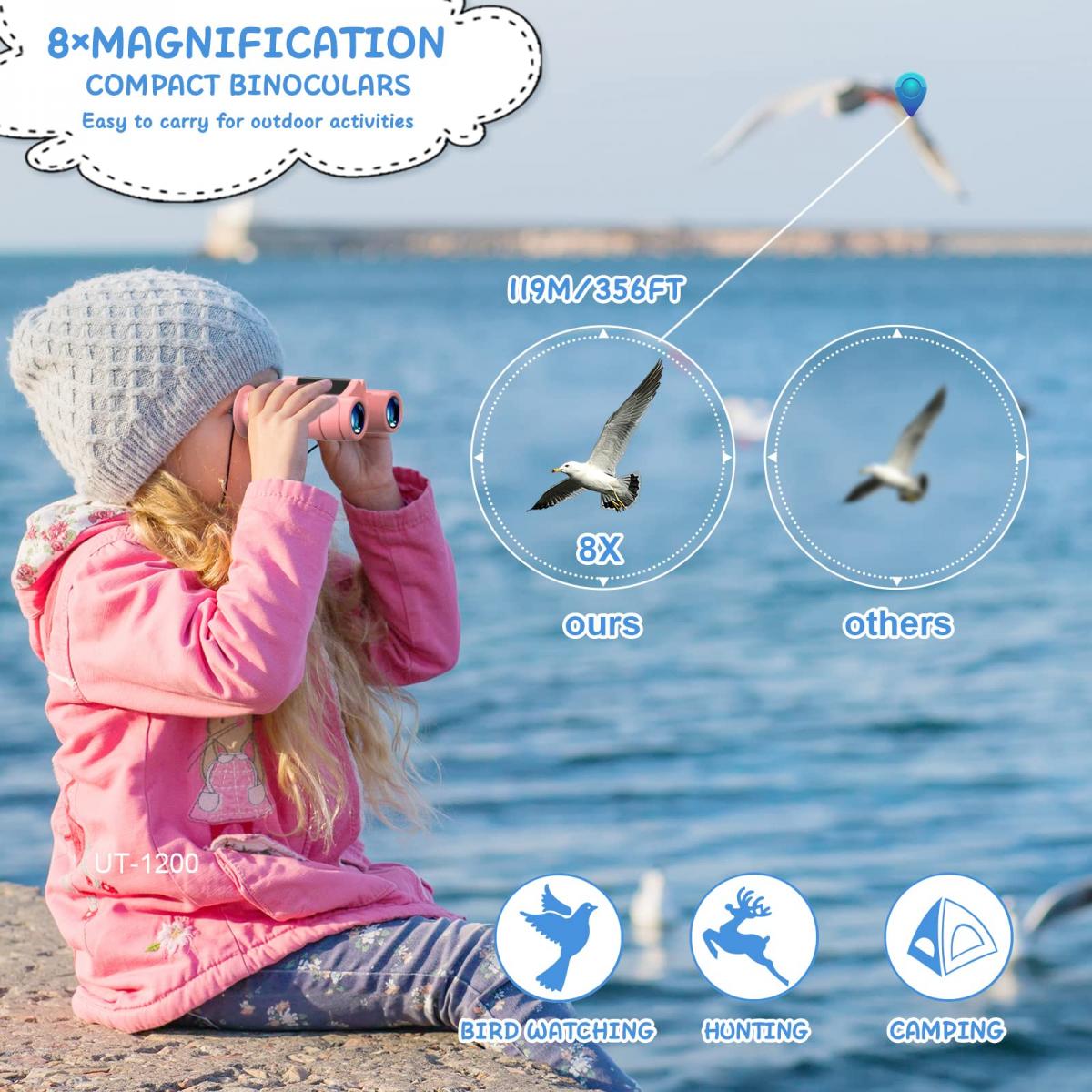

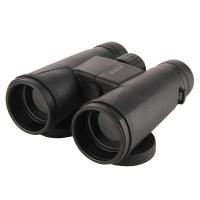
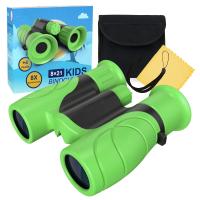

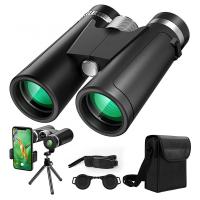
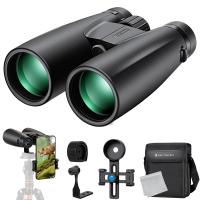
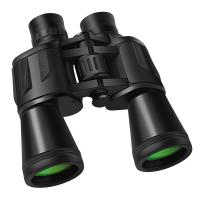

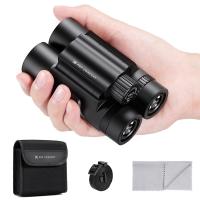
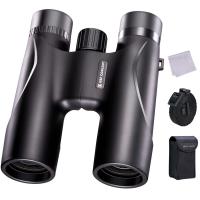



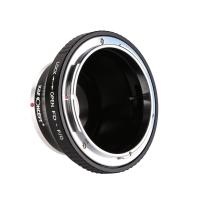



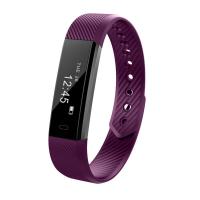
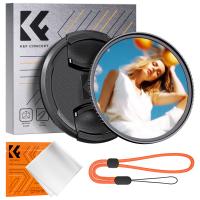

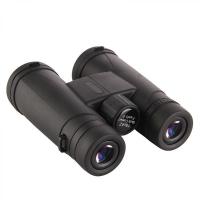
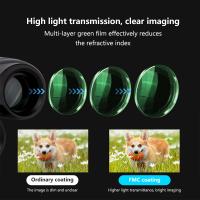


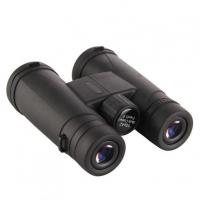
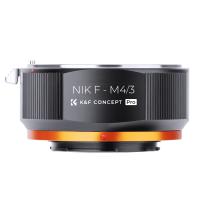




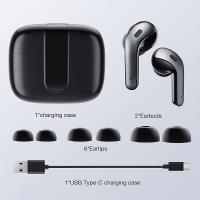
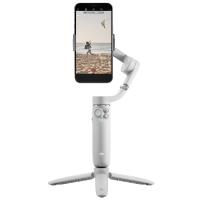






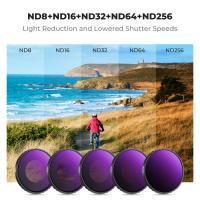
There are no comments for this blog.